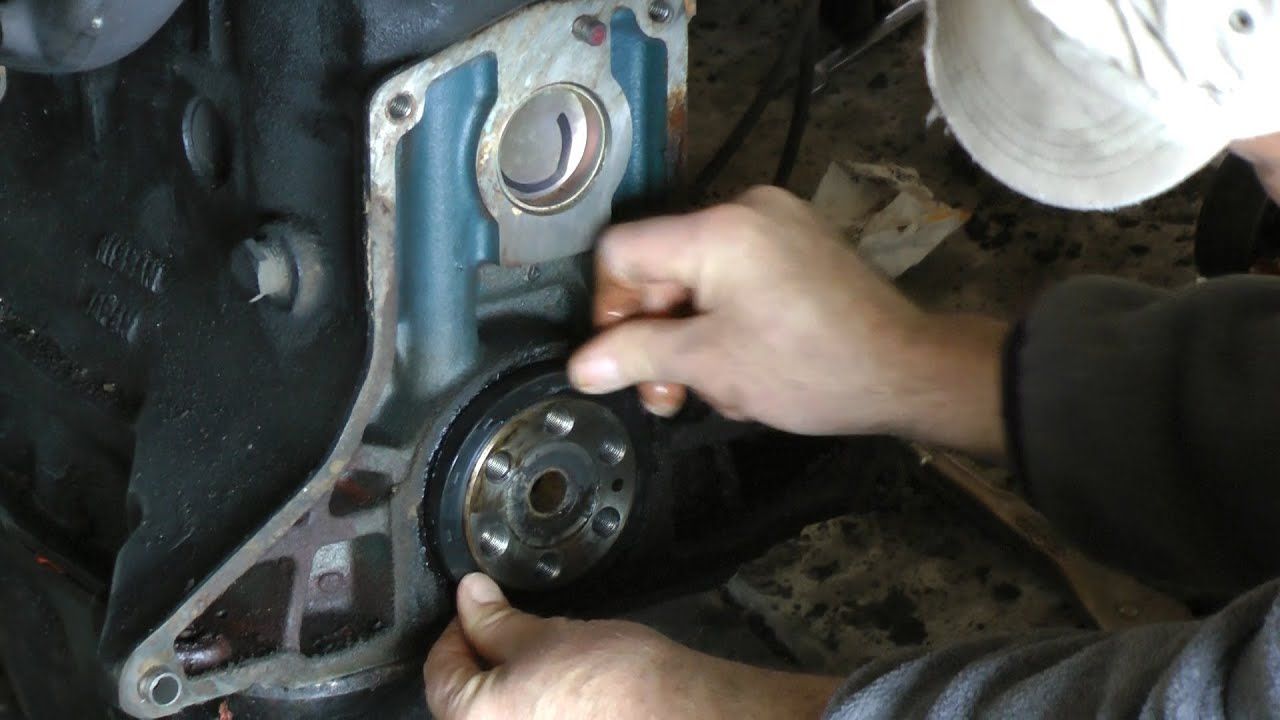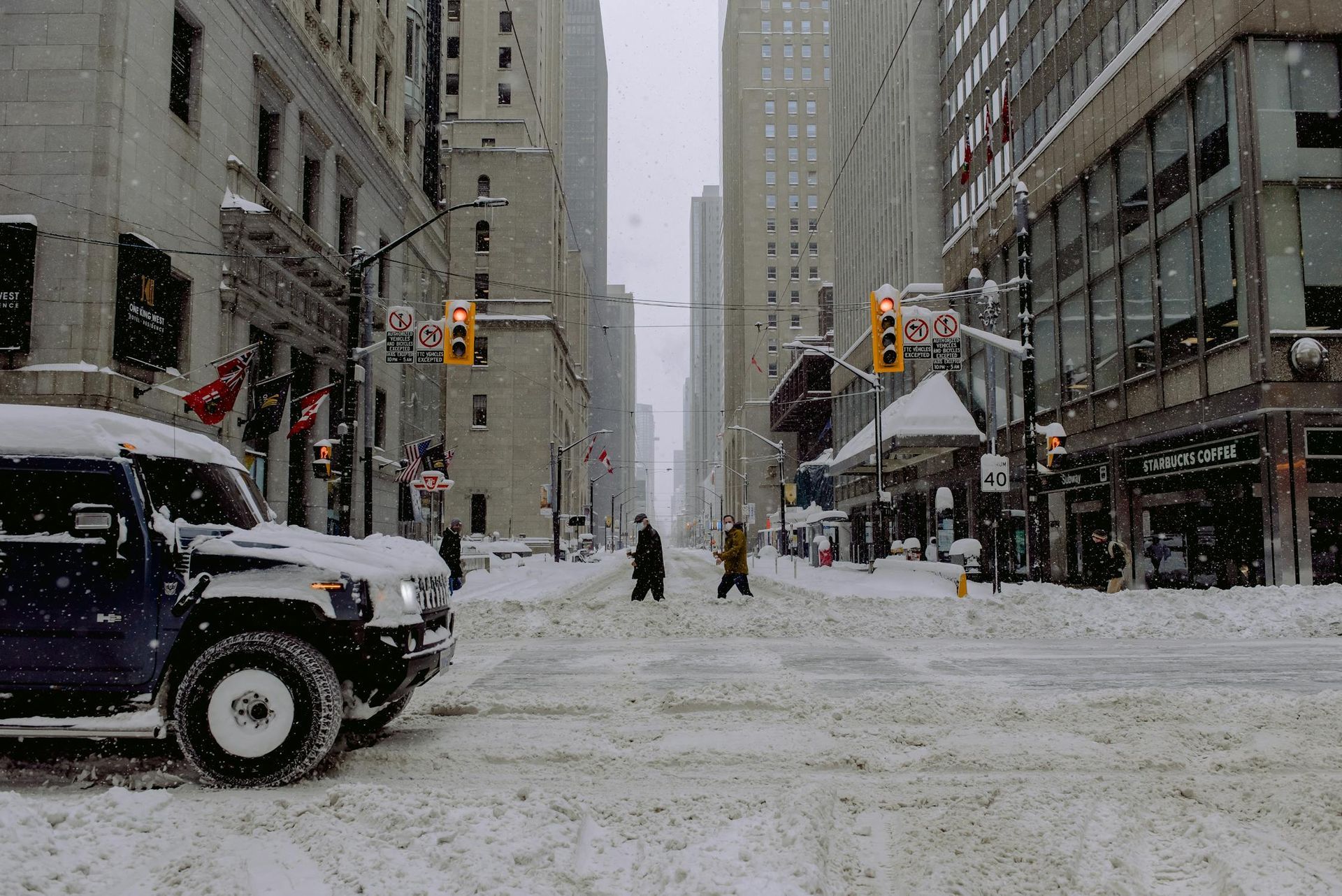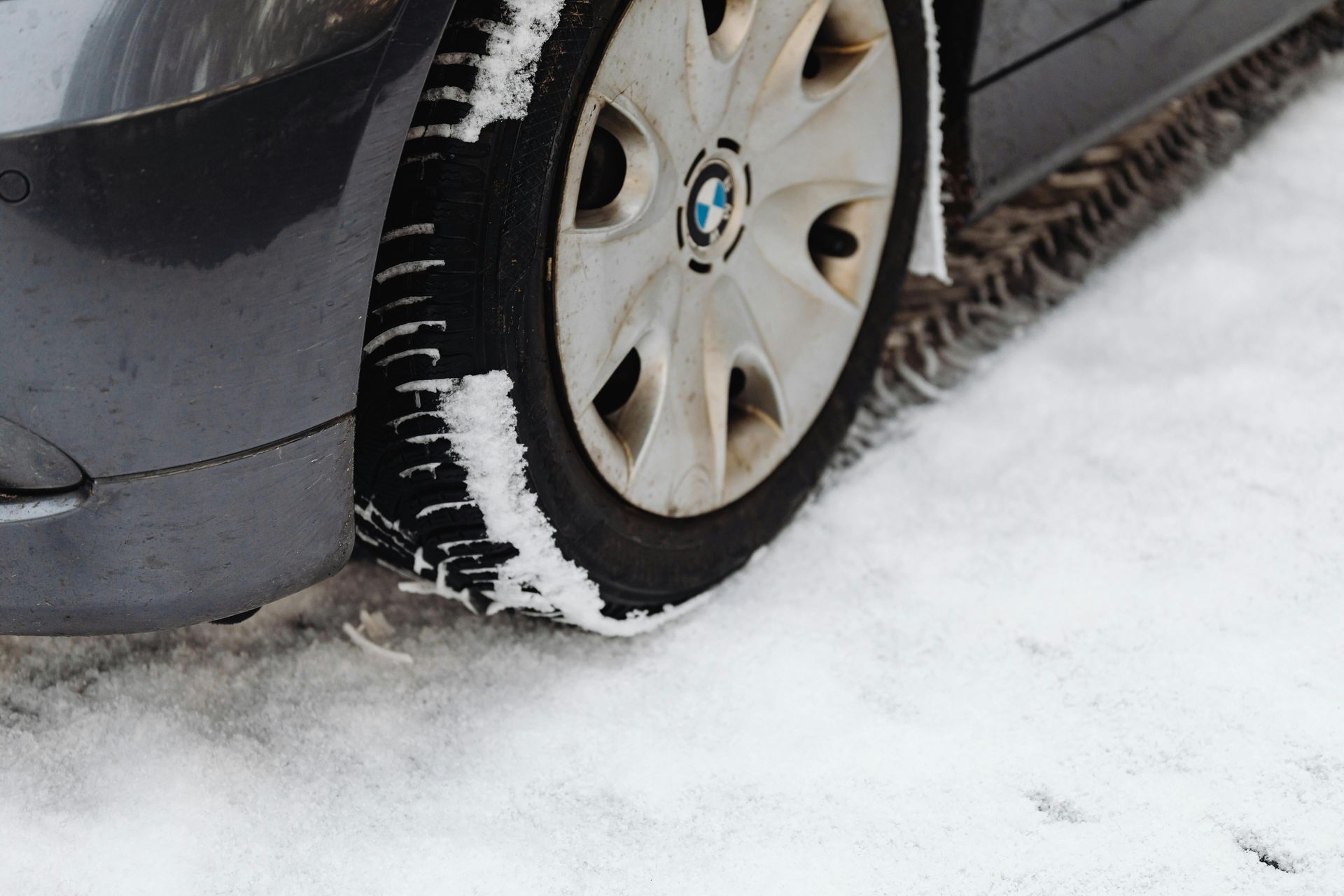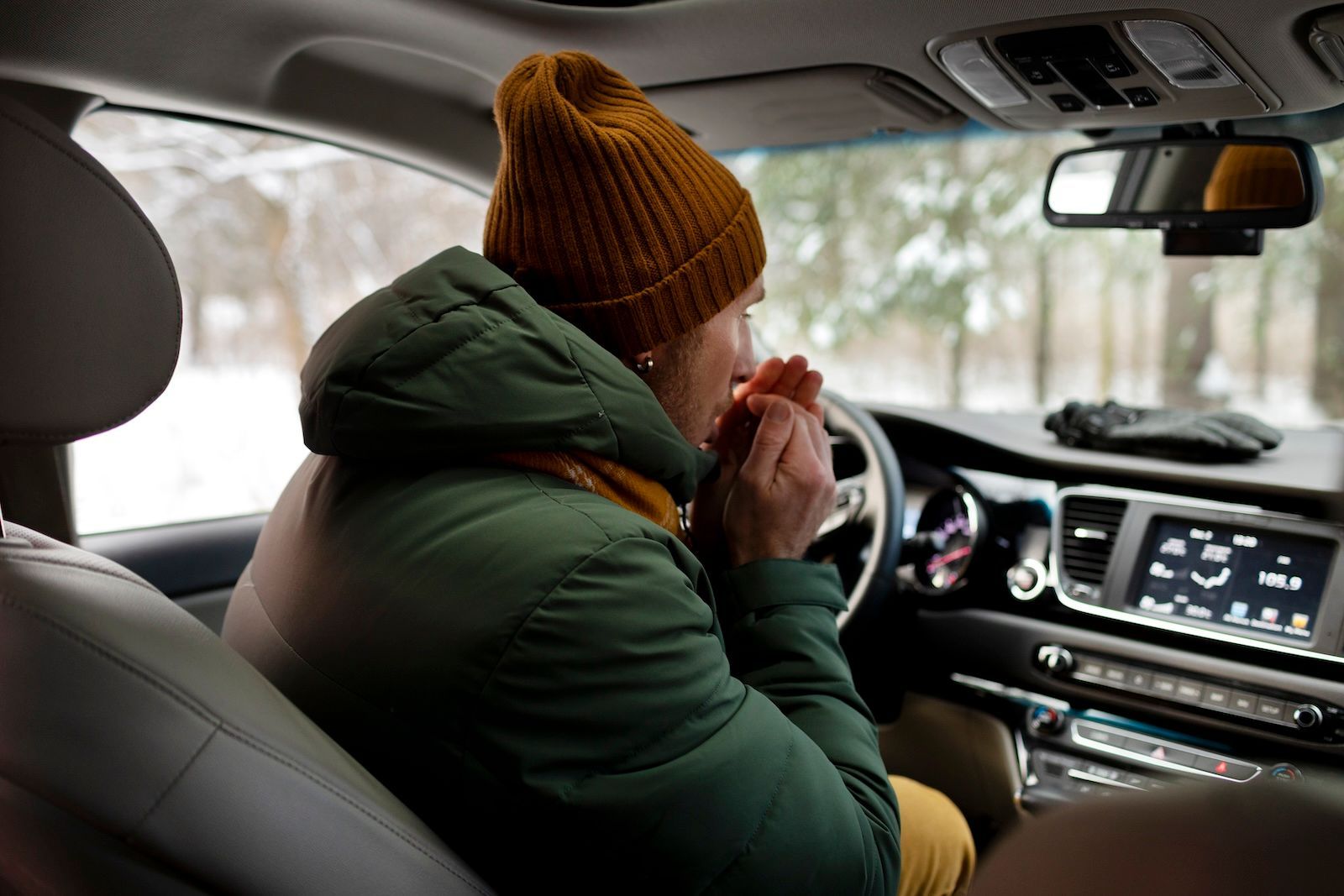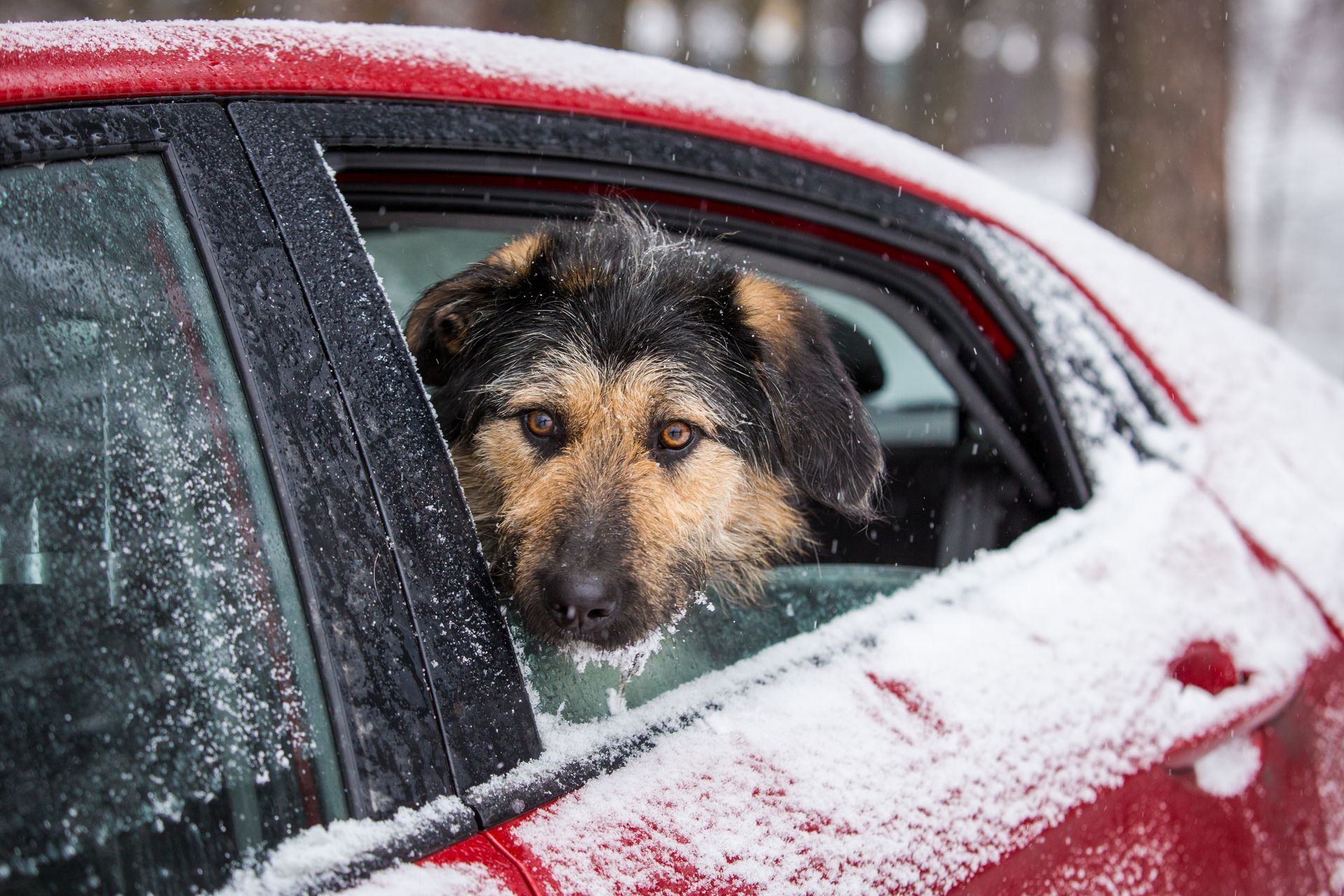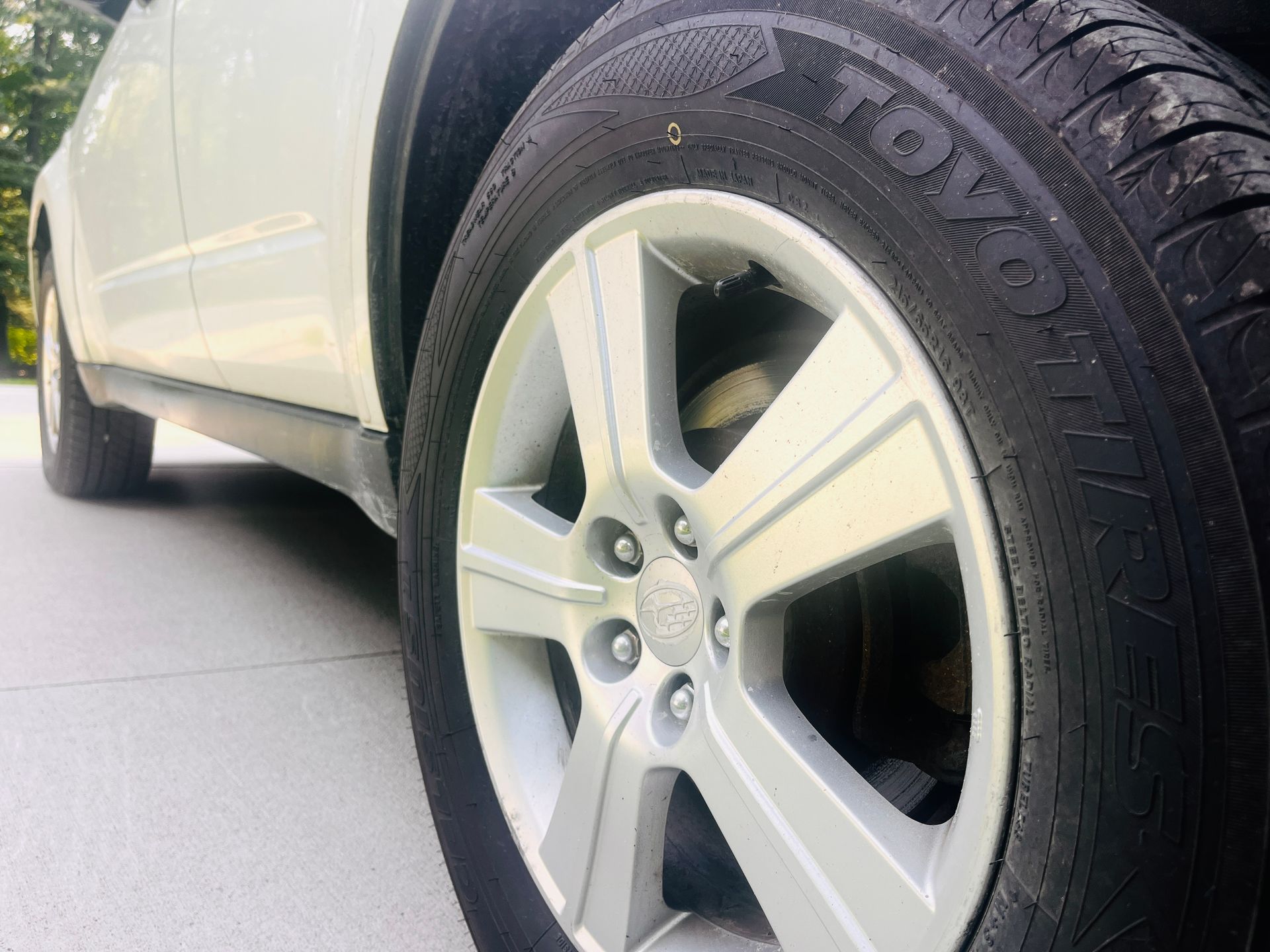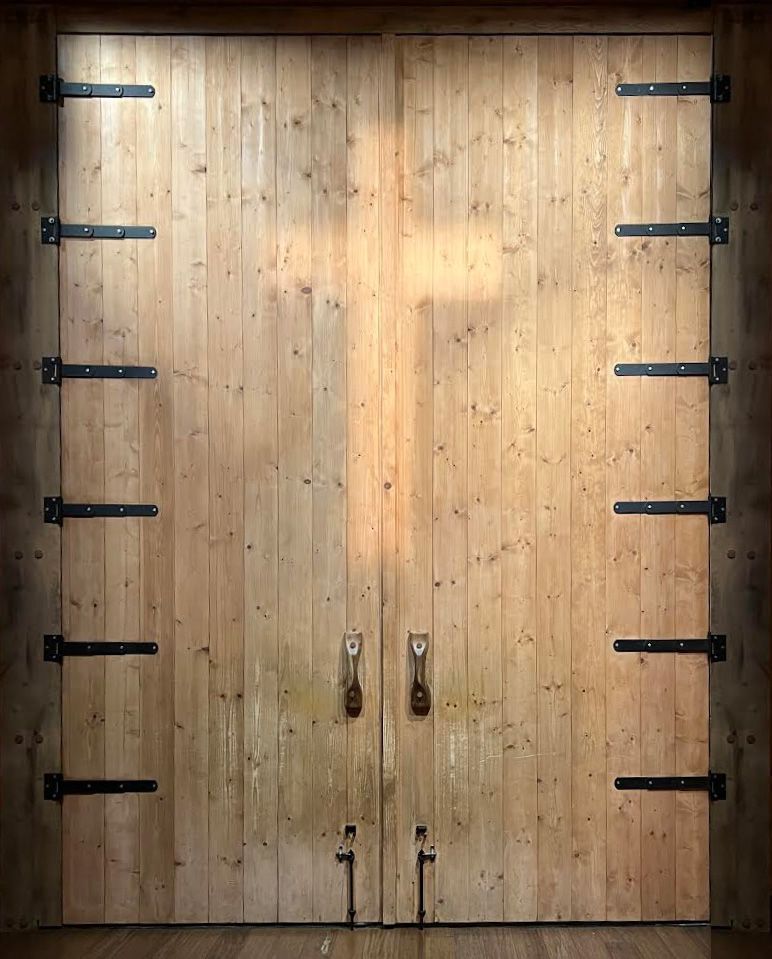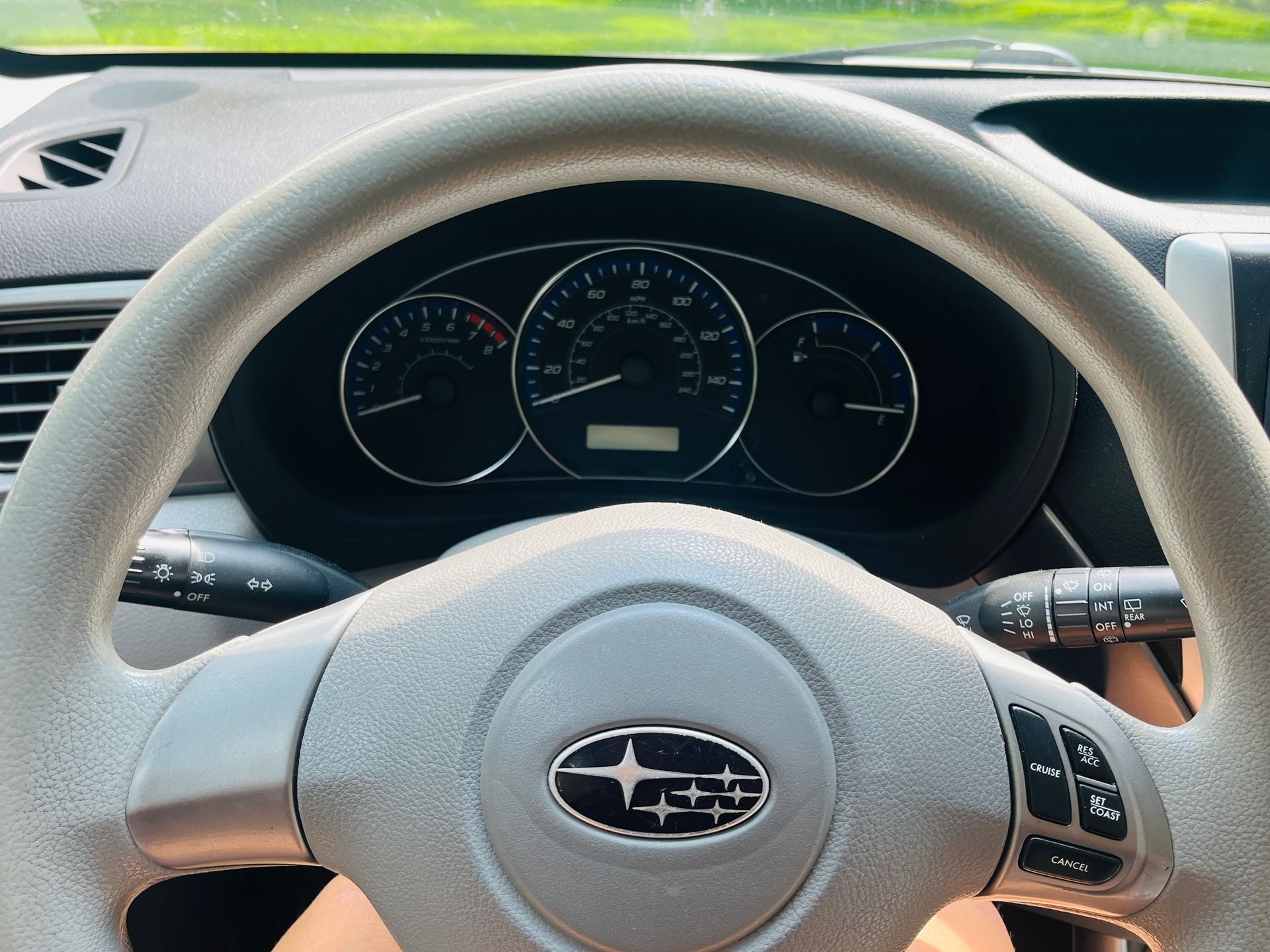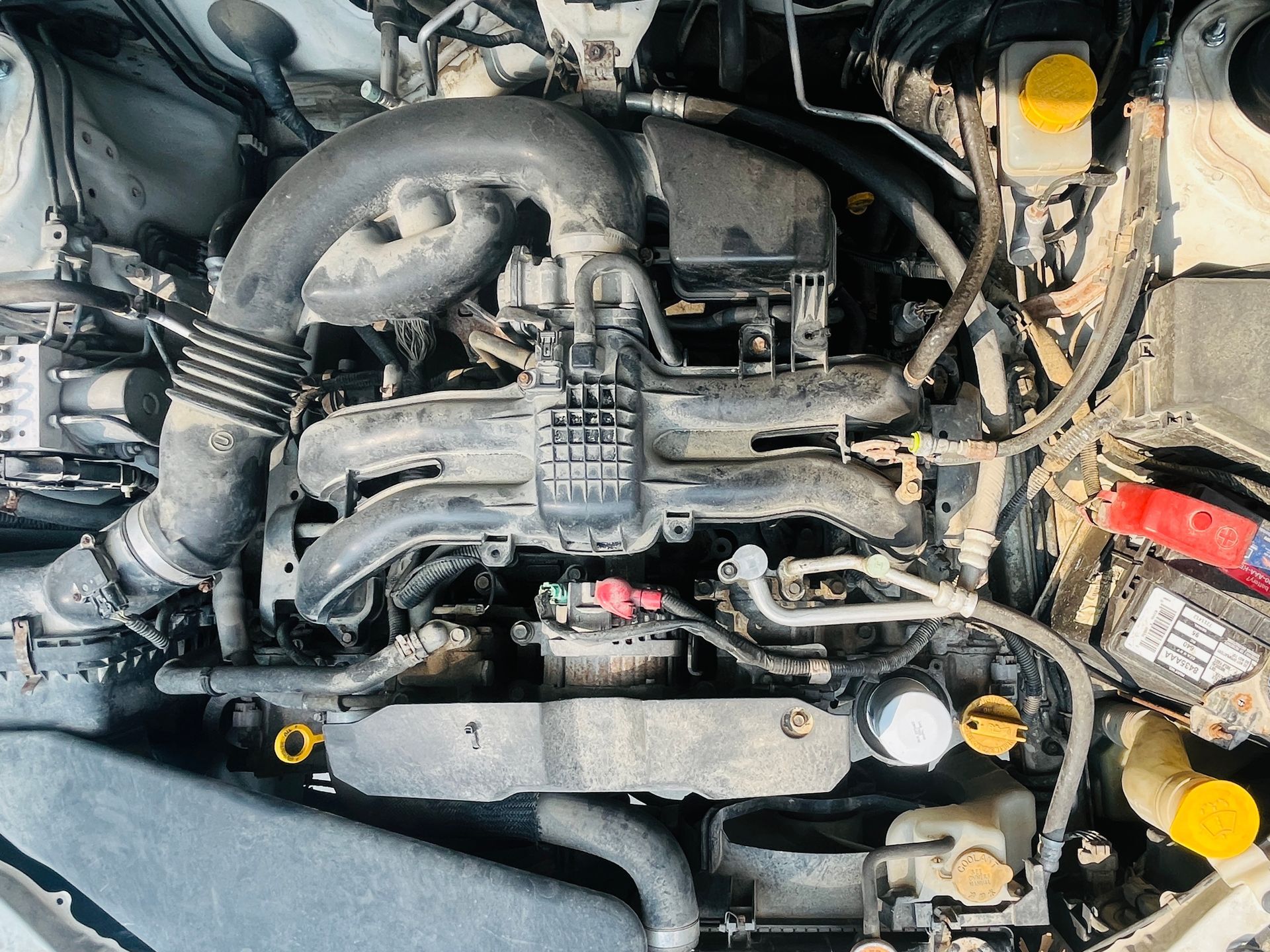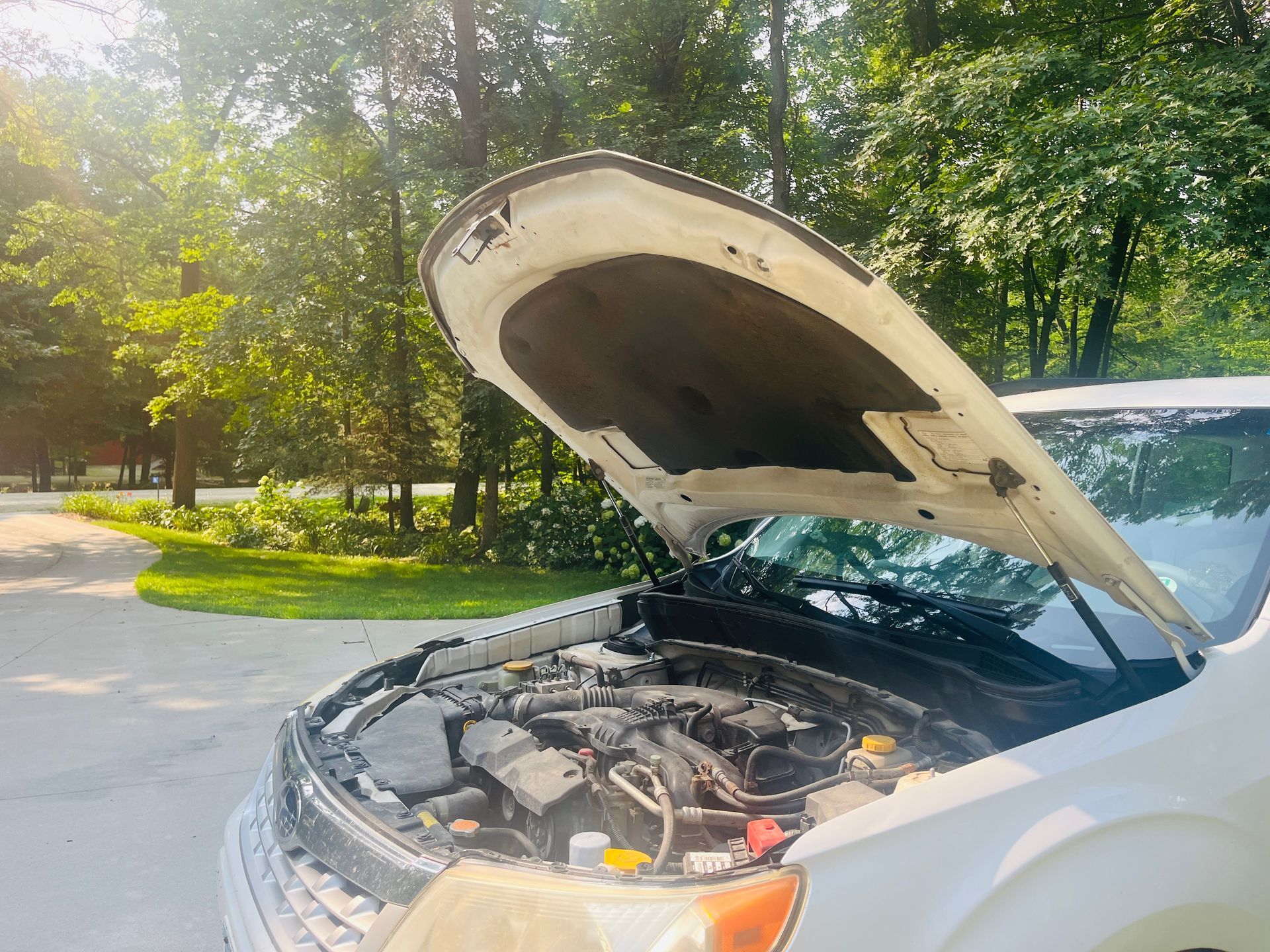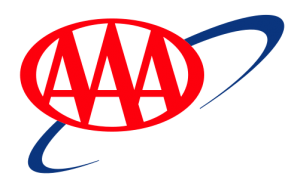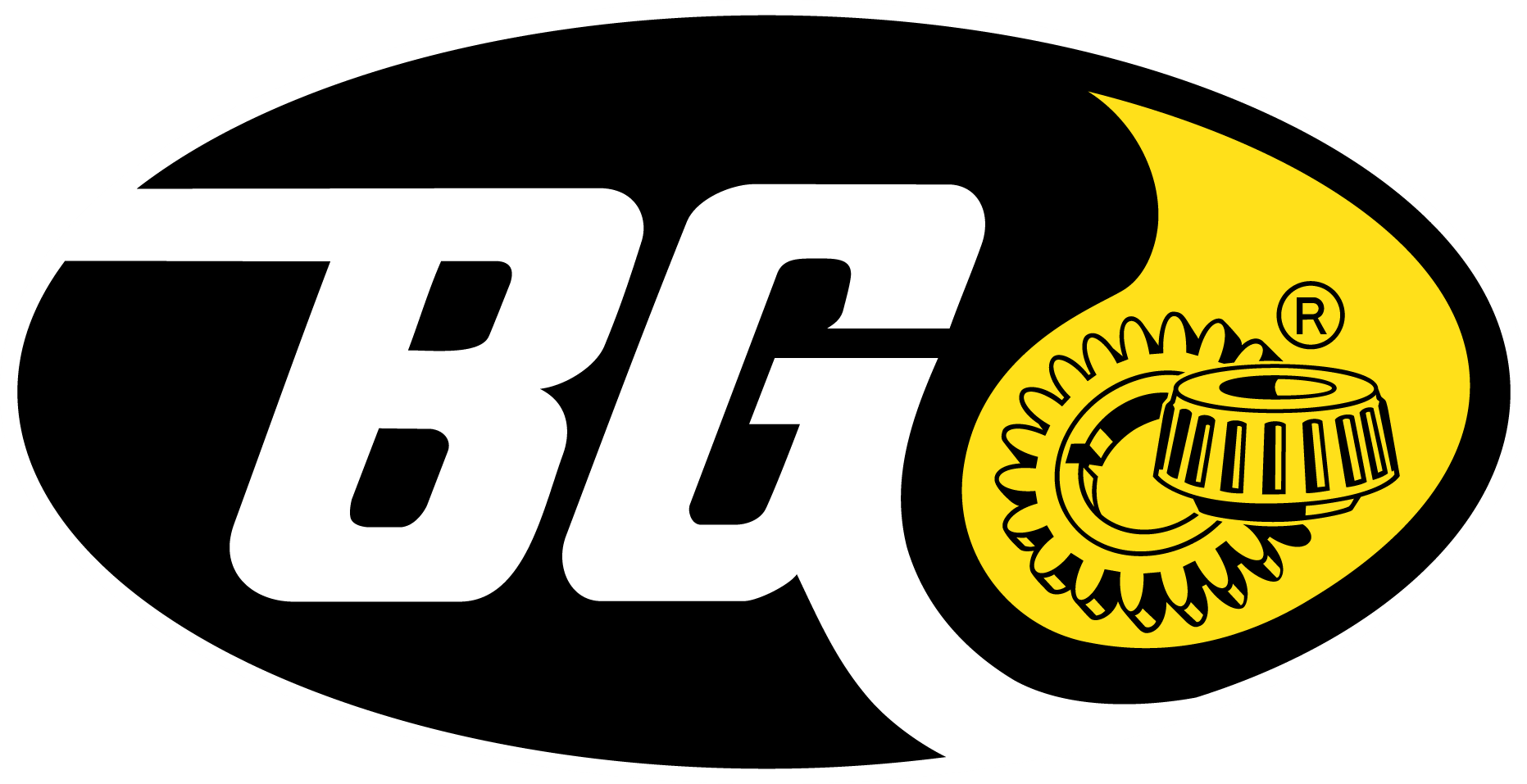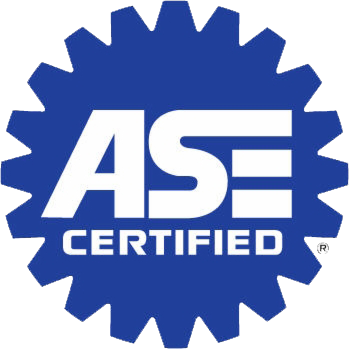Call us: (507) 226-8330
Car maintenance do's and don'ts
June 2, 2016
I visited my sister in Las Vegas last fall after her sweet son was born. During one of our outings, we stopped by a gas station to air up her leaky tire. I watched in astonishment as her husband and firefighter husband, Cody, simply filled the tire with air, not using any kind of gauge. I hopped out of the car and asked about this. He told me he knew how much to put in by the look of it. This shocked me! How could he know by the look of the tire? Did he take into consideration that there is more weight on the front of the SUV so the tires look less full? Did he know the problems that can arise from over-inflated tires?
This situation made me wonder how many other people might do this same thing? And are there other things people who are not auto-savvy do or don't do that they may need advice with?
In an effort to help those of you who may make some common mistakes, not knowing the negative affect they may have, I've put together some Do's and Don'ts that may benefit you and your car.
DO check your tire pressure routinely and fill them to the specified amount.
DON'T add air based on appearance. Tires lose pressure even when there is not a hole or other known issue. Checking the pressure with a tire pressure gauge regularly and adding the correct amount of air for your specific vehicle is a good idea. With the right amount of air pressure your tires wear longer, save fuel, enhance handling and prevent accidents. The correct air pressure may be found in your owner's manual or on the tire placard (which is usually on the vehicle's door edge, door post, glove box or fuel door). Failure to maintain the correct air pressure can potentially cause safety hazards.
DO come to a stop before shifting from reverse to drive.
DON'T switch gears without stopping, even if you are in a rush. When you do this, you add months of wear and tear to your transmission in seconds. You are asking the complex set of gears inside your transmission to act as brakes, putting an incredible amount of stress on these gears. Besides the stress it puts on your transmission, you can also damage the drive shafts-the components that send power to your wheels. After doing this over and over, the damage it causes can lead to bad suspension handling as well as a worn out transmission.
DO alternate between braking and letting off the brake as you go down a long hill. DON'T ride your brakes all the way down. Doesn't it seem like continually pressing the brake is the safest and best way to stop your vehicle? When you do this, your brake pads will heat up and they will wear faster. Worn brakes are a safety issue and a significant cost to replace.
DO change your oil on time. DON'T put it off or forget to change it all together. The purpose of an oil change is to lubricate and condition your engine components and absorb heat. This allows your engine to work effectively without overheating. Over time, oil breaks down and loses its ability to do its job properly. You'll want to change it before it no longer has the capacity to do its job well. Additionally, when oil is changed, so is the filter-which removes harmful contaminates. By the time you "remember" or "have time" to get your oil changed and realize it's 3000 mile or 3 months or longer past due, it may be a sludgy mess in there. Replacing your oil at that point has several issues you may not have considered. It drains the old oil from your vehicle-the system is not cleaned completely. So if you have some sludge and you add fresh oil, the thick oil that is not flushed out of the system will mix with the new oil and contaminate it. It's kind of like having a glass of milk, leaving it out for a day, then dumping it out (without washing it) and adding fresh milk. There will be spoiled milk in the new. Would you want to drink it? Change your oil, on time, every time.
Do properly diagnose any leak your vehicle may have. DON'T add stop leak or leak sealant! Adding these to any system of your vehicle that transports fluids may temporarily seem to fix the problem but have you considered what else it may do to your vehicle? This stuff is designed to quickly and cheaply fix leaks by forming a coating or "plug" to block a hole from the inside. Think about what this does to the rest of the system and what else it might "plug" up. Or what happens if the temporary "plug" comes loose? Where does it go? Any mechanic would be able to tell you horror stories on what this substance does and the extensive and more expensive problems it can cause. If there is a leak or leaks, whether big or small, there is a reason for the leak. The diagnosis and repairs may range from simple and inexpensive to complex and expensive, but the key is to find the reason for the leak and fix it right. Adding sealants may be easier on your pocketbook for the short term but have long-lasting damaging effects. Once you put it in, you cannot get it out completely.
I hope you'll follow the Dos I've shared here-your car will be healthier and you will likely have a fuller wallet if you do. And I certainly hope my superhero brother-in-law knows that my intentions were pure when I shared my advice with him last fall!
By Jeana Babcock

